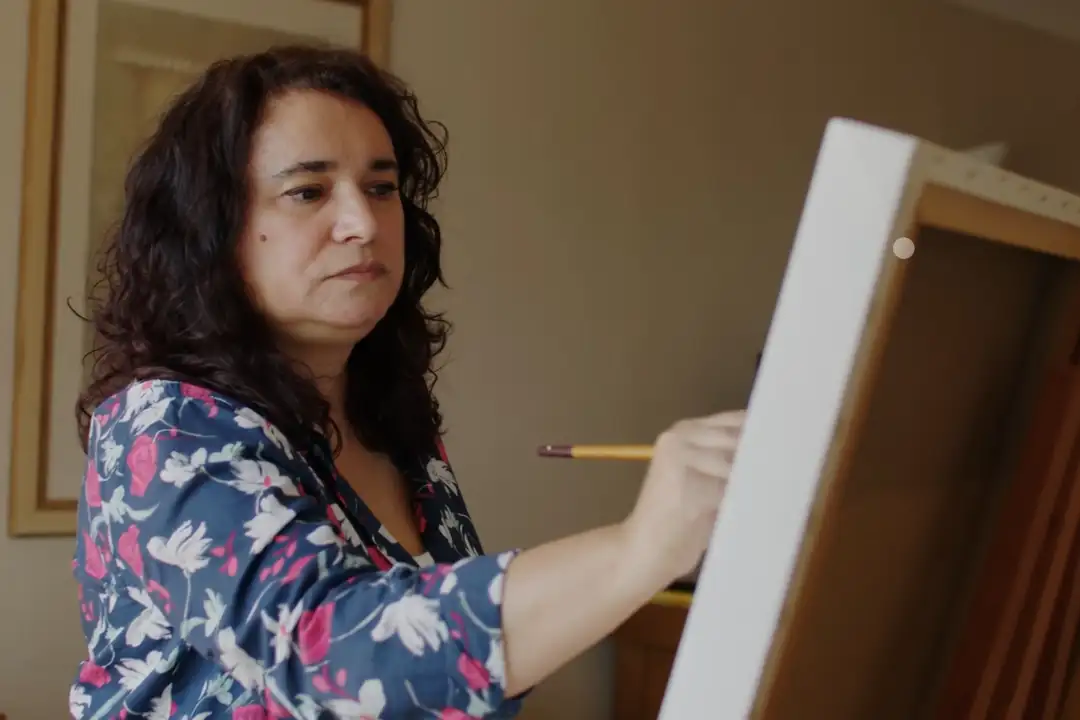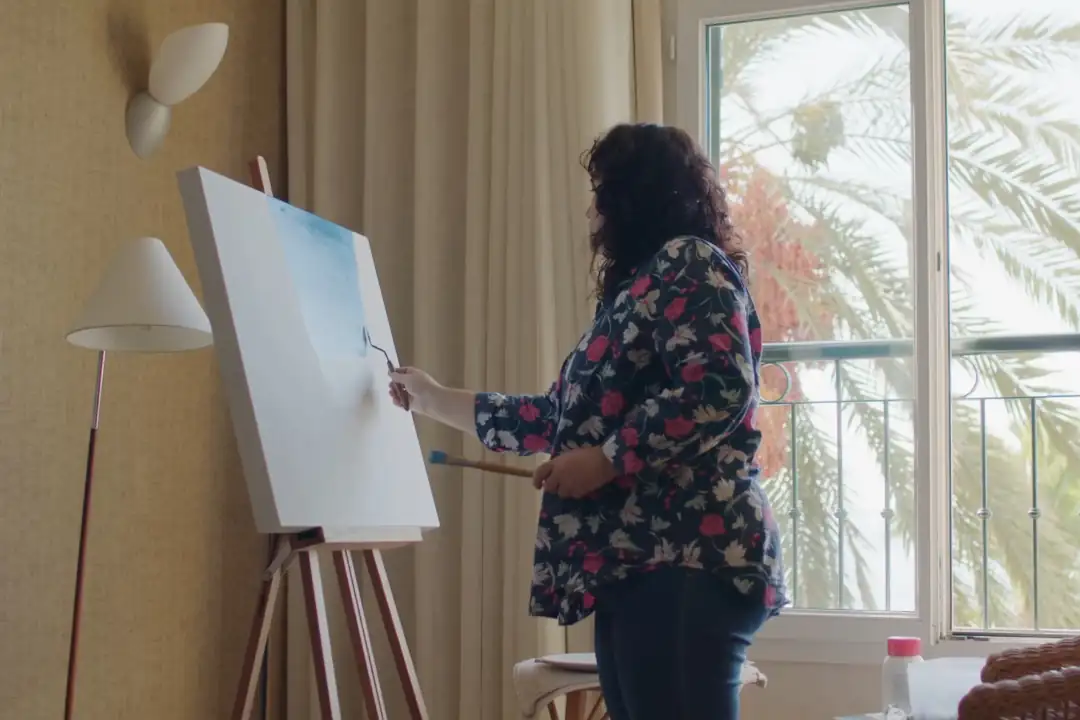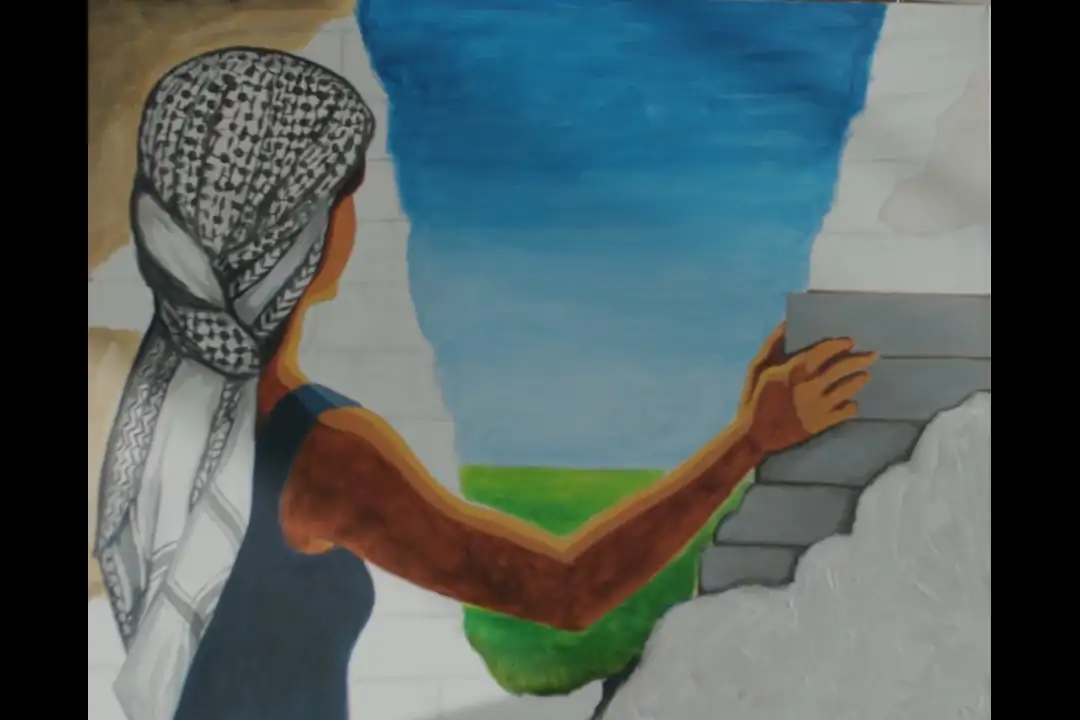Visual artist born in 1970 in Funchal. Graduated in Fine Arts/Painting from ISAD/UMA, having worked as a teacher of Visual Arts, Drawing and History...
moreExhibition – “Painting in Ebullition”
Dalila Souto
With each stroke, the painter seeks to capture the essence of the creative messages that resonate in the festival. Her brushstrokes are not just artistic movements, but visual declarations of creation, reflection, and the search for transformation. The white canvas becomes the stage where colors blend to give life to narratives of resistance.
Throughout the festival, spectators have the unique opportunity to witness the creative process live. Immersed in the energy of the event, the painter absorbs the influences of the performances, exhibitions, and debates that permeate the environment. Each brushstroke reflects not only technical mastery but also the artist’s visceral response to the burning themes that run through the festival.
By creating in real-time, the painter not only contributes to the bubbling atmosphere of the event, but she also leaves a lasting visual narrative, inviting spectators to extend their reflection well beyond the dates of the festival.
Date: from Thursday, November 14 to Sunday, November 17
Location:
Open to the public.
Statement of Intent – Dalila Souto
As a woman, I have always been attracted by the creative and avant-garde action of certain women of their time, to the point that their lives and works remain today symbols of talent, creativity, courage, and the audacity to oppose the rules and dogmas that sought to confine them socially and intellectually to a secondary role.
Naturally, I will choose artists in the fields of music and visual arts (areas that touch me more personally), who have inspired me for a long time: Nina Simone, Elis Regina, Frida Kahlo, and our Amália Rodrigues. If the first three immediately stand out for their immense creativity and talent, but also for their fight for human rights, and more particularly for women’s rights, the latter, Amália Rodrigues, was politically more discreet but of extreme importance in the “revolution” of fado. Fado before and after Amália is another thing. Through her audacity and intelligence, she transformed fado from something popular and traditional into a conscious art form, sometimes erudite, sometimes provocative. In a country that was then backward and full of prejudices, this self-assured, independent, and deeply creative woman became an example for many Portuguese women.
My idea is to create a large-scale painting (without exaggeration!) from simplified, high-contrast images of these artists, while also exploring more informal painting techniques.



